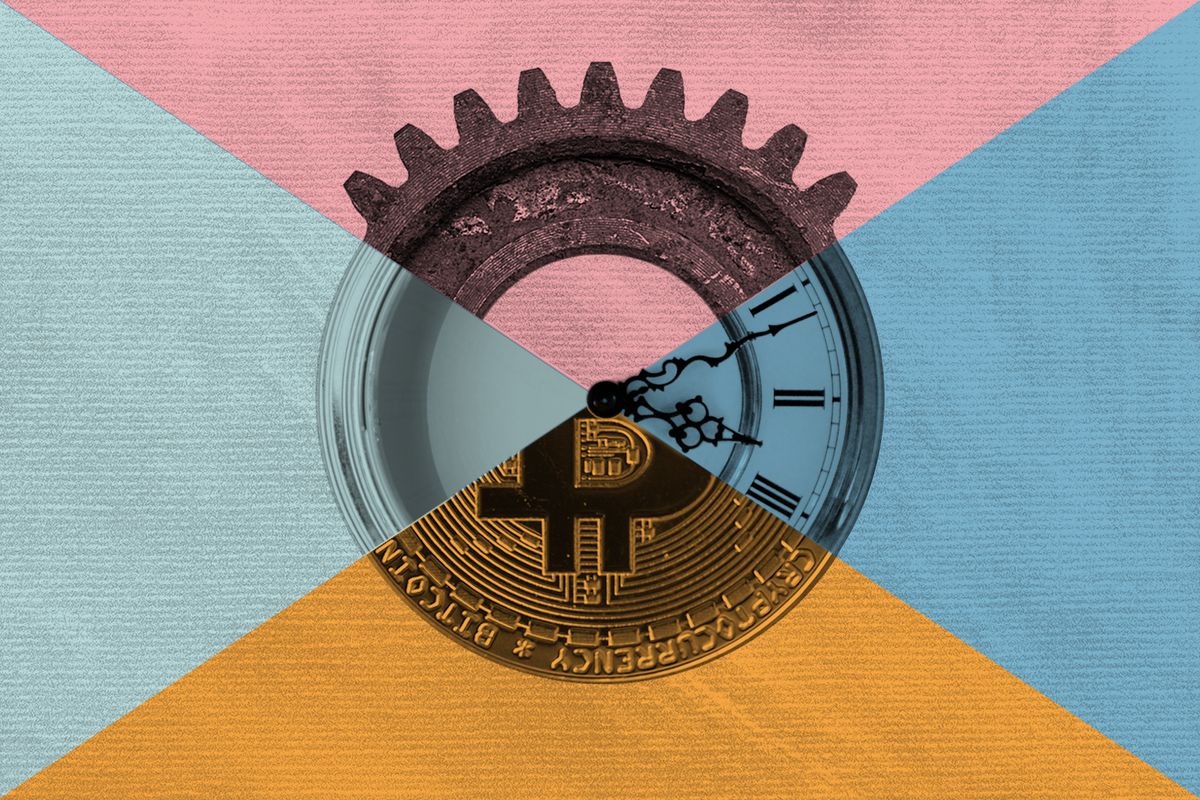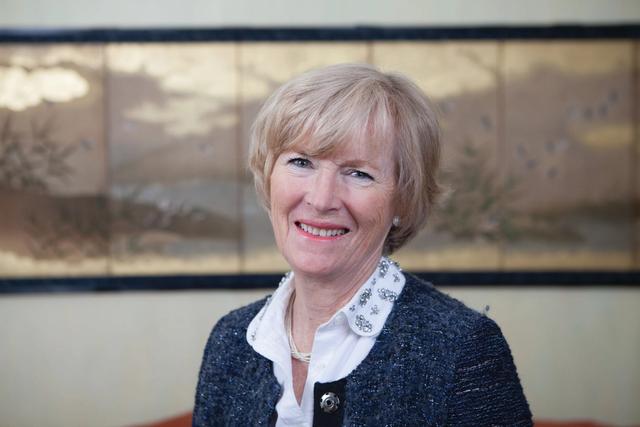The art market has always known cycles: forms of art have come in and gone out of fashion, collectors have arrived in the market or dropped out, economies have strengthened and weakened and—crucially—supply has increased or decreased.
But contemporary art, which has become the dominant sector of the art market, has had a major impact on this. In theory supply isn’t a problem, although dealers try to manage it for the hottest artists. But there are two new elements in the mix today. One is the need to stay constantly “in the moment”, always moving on to something new. The second is the continuing convergence of the financial and art markets. The result seems to be that cycles in the art market are becoming shorter, as investors move quickly on to the next hot thing.
There is no doubt that speculation drove the trend for “zombie formalism”—a form of abstraction with a back story on how each of the works were made (smeared with blobs of chewing gum or blasted with fire extinguishers)—which started in around 2011 and collapsed around four years later.
But that was terribly long compared to what we are seeing today—a clear acceleration of this process. Last year the market was clamouring for work by “ultra contemporary” artists—the likes of Christina Quarles, Loie Hollowell, Flora Yukhnovich, Jadé Fadojutimi or Ewa Juszkiewicz. Prices were soaring.
But the economic climate is worsening, plus interest rates are rising, and cheap money is not so available. According to Brooke Lampley, the head of sales for global fine art at Sotheby’s, speaking in London last week, some buyers are questioning whether their money might be better spent on a more validated artist today.
And speculators, who were responsible for many of those high prices last year, are moving on too. Their modus operandi is to “pump and dump”, to buy and resell quickly. But quickly is the key word, and now some of these artists’ prices will drop—or would drop, if the auction houses accepted works for sale. I hear that the auction houses have been inundated with works from the hottest young artists, but that they just can’t accept them. If they did, we might well see a price correction.
Another field which has seen the caravan move on is NFTs (non-fungible tokens)—perhaps unsurprising when you consider the statistic that, in 2022, art NFTs were owned for just over a month on average before being resold (according to Art Basel and UBS’s Art Market Report). NFTs famously crashed and burned last year, in the wake of the FTX, Luna and other scandals. Trading volume on the online marketplace OpenSea plunged by almost 90% between September 2021 and September 2022. When you think that the NFT gravy train started in 2021, that cycle lasted just a year, astonishing when you consider that the market was worth some $3bn in 2021 (and just $350m a year later).
Now, I still get emails about new initiatives in the NFT market, and a couple of museums have acquired works, either directly such as the Centre Pompidou, or gifted, as with the Los Angeles County Museum of Art. Nevertheless, it is looking as if AI art—art generated by artificial intelligence—is the next big thing. The caravan has indeed moved on again.



